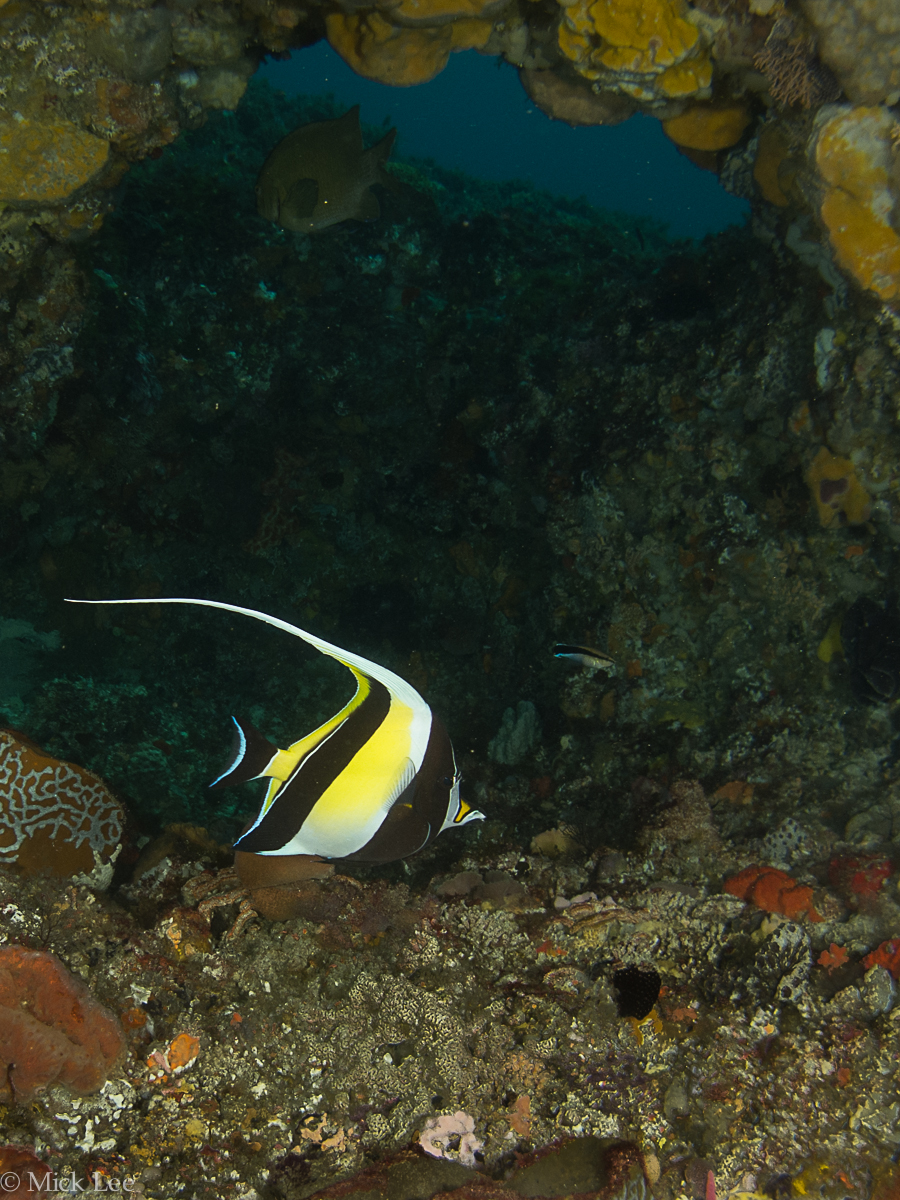
Western Australia’s fishing, diving and beachcombing community has given valuable insight into how tropical fish species are adapting to a changing climate, with a new report card to be delivered at the State NRM and Coastal Conference in Mandurah.
The 10-year Redmap project, led in Western Australia by the Department of Primary Industries and Regional Development (DPIRD), is a national reporting and mapping initiative looking at climate-driven changes in marine species’ distributions.
DPIRD Community Education Coordinator Joshua Brown will deliver key Redmap Western Australia Report Card findings, including which species are on the move, at the conference next week.
“The project invites members of the community who spot marine species that are outside of their usual range to log photos to Redmap,” Mr Brown said.
“From an initial list of 115 marine species which have been tracked by Redmap over the past decade, we found evidence of 24 potentially undergoing range extensions, 10 with 'high' confidence.”
DPIRD Senior Principal Research Scientist Gary Jackson said the Leeuwin Current, which transports warm, tropical water southwards down the WA coast, had experienced significant variations over recent decades, including strong marine heatwaves and cold spell events.
“In response, some marine species spotted by the WA community which may be extending their range south include redthroat emperor, Moorish idol and black rabbitfish,” Dr Jackson said.
“Thank you to WA’s citizen scientists – divers, fishers, beachcombers and boaters – who since 2012 have been logging out-of-range species sightings with Redmap.
“We are keen for reporting efforts to continue. In particular, if people spot angelfishes, common coral trout and parrotfishes south of Houtman Abrolhos, or emperors, Striate anglerfish and Sergeant majors south of Mandurah.”
Redmap is led nationally by the Institute for Marine and Antarctic Studies at UTAS, in collaboration with almost 100 scientists from around Australia that verify the photographs submitted. More information on the program is available from www.redmap.org.au
Across the three-day conference, DPIRD speakers will also address myrtle rust, feral pig control, dryland salinity and groundwater trends in the South West, along with the interaction between recreational fishers and migratory wading birds.
DPIRD Senior Research Scientist Helen Spafford will deliver a workshop session to provide participants with an overview of myrtle rust, its spread in Australia and the risk it poses to a range of Myrtaceae plants including peppermint trees, Geraldton wax, eucalypts, melaleucas, bottlebrushes and lilly pilly.
Myrtle rust was detected in a Paperbark tree in a wetland on a remote pastoral lease in the East Kimberley in July. Monitoring to date indicates that it is confined to a single location.
“This conference presents a timely opportunity to connect stakeholders to be prepared to respond to an incursion of myrtle rust,” Dr Spafford said.
The WA State NRM and Coastal Conference runs from 20 – 22 September, with the theme of building resilience through innovation.
For more information, go to https://www.nrmandcoastalconference.org.au/
Picture caption: SCUBA divers have spotted a number of new tropical species at Rottnest Island, just 20km from Perth, like this Moorish idol.


